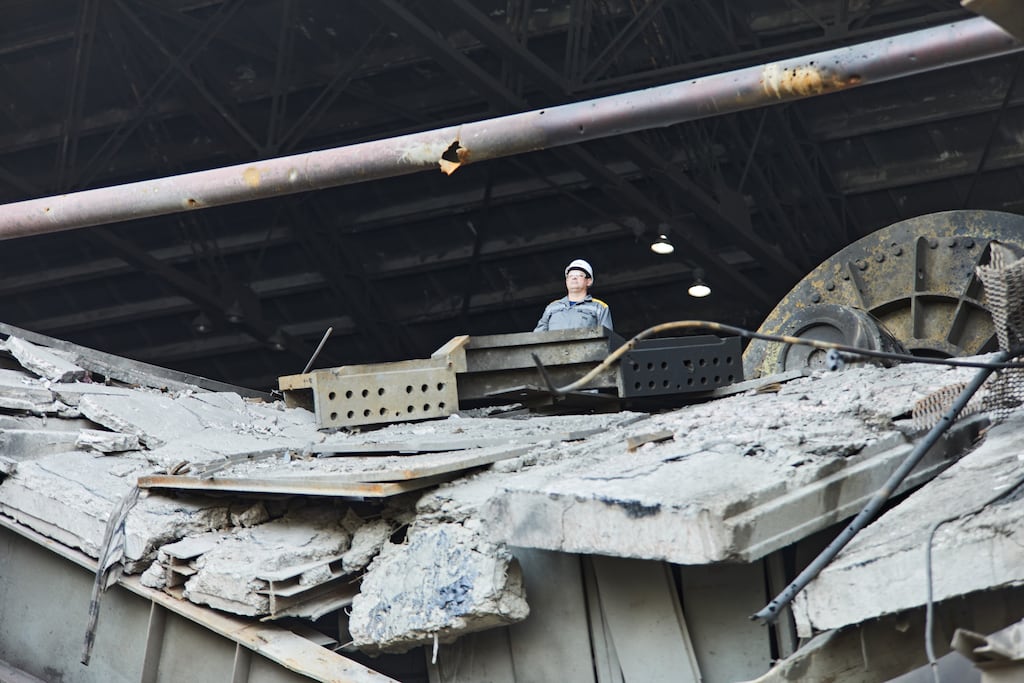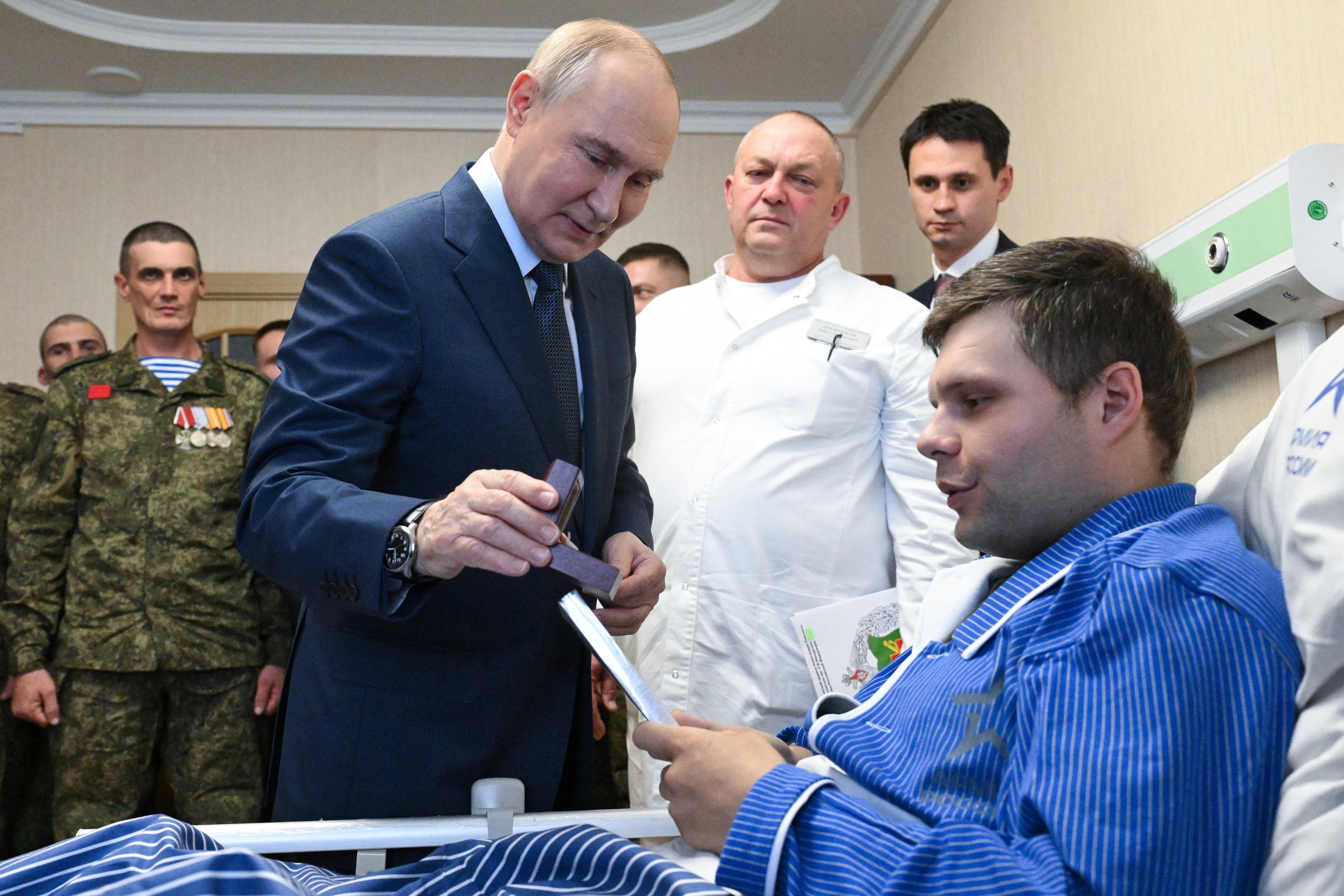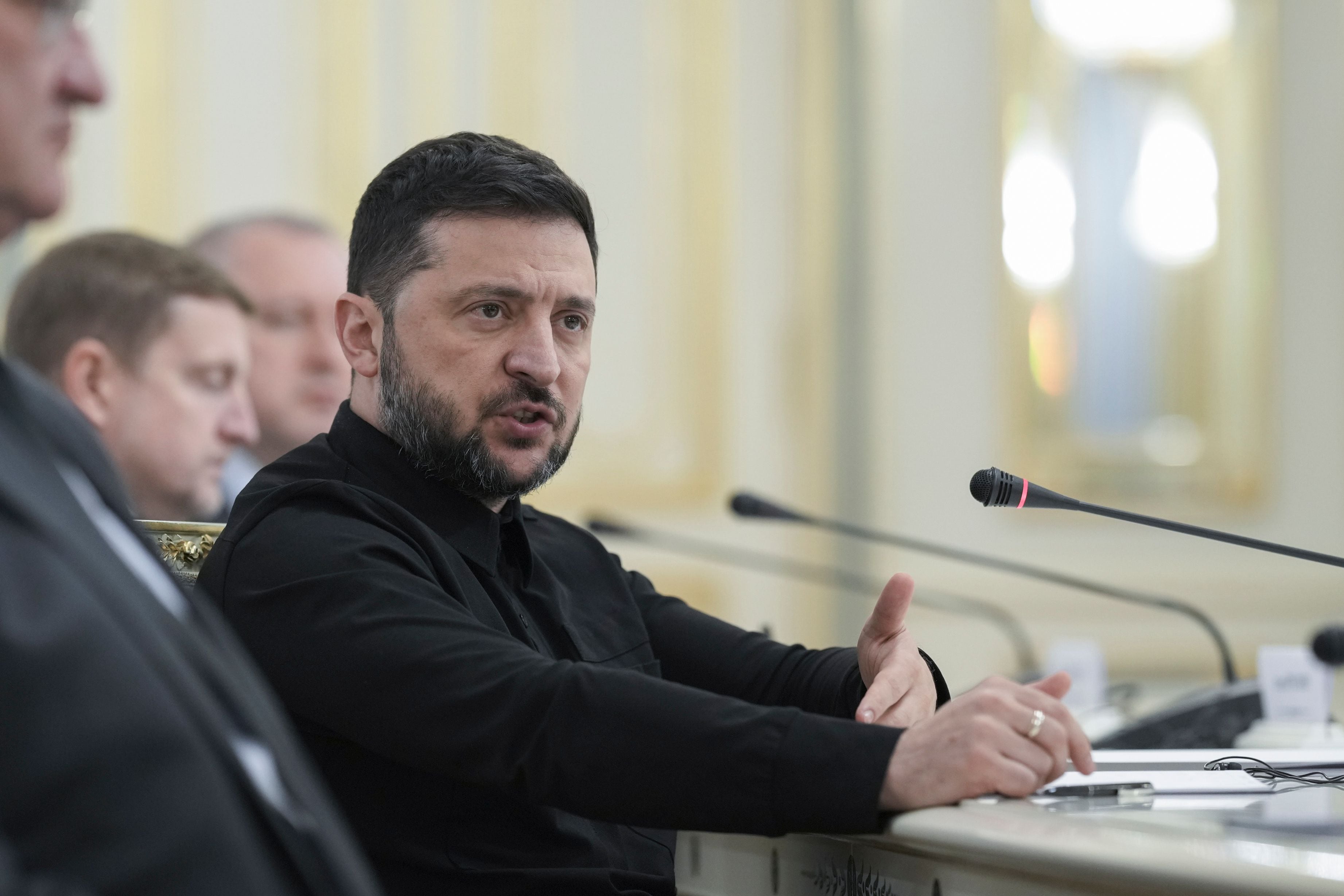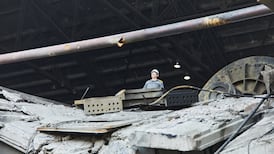Ukraine is racing against winter to bolster its air defences, patch up its battered power grid and source spare parts, amid warnings that Russia’s intensifying air strikes show it is aiming for the “complete destruction” of its neighbour’s energy system.
Drones hit civilian infrastructure in the Sumy region of northern Ukraine early on Friday, a day after Russia targeted energy facilities across the country with 52 missiles and more than 600 drones, beginning with attacks on western regions before dawn and ending with a bomb strike on the eastern city of Sloviansk that killed two power workers.
“Based on the intensity of attacks for the past two months, it is clear Russia is aiming for the complete destruction of Ukraine’s energy system,” said Maxim Timchenko, chief executive of DTEK, Ukraine’s biggest private energy company.
“We call on Ukraine’s allies to defeat them by ramping up supplies of replacement energy equipment, emergency funding to rebuild power stations and rapidly reinforcing Ukraine’s air defences.”
READ MORE
Many officials and analysts in Ukraine expect this winter to be the hardest that it has faced since Russia launched its all-out invasion in February 2022.

The country has lost an estimated two-thirds of its power-generating capacity to bomb damage and occupation – Russia seized the Zaporizhzhia nuclear power plant, Europe’s largest, at the start of the war – and now fears its air defences could be overwhelmed by drone salvos that are bigger and more destructive than ever.
“The scale of attacks is much bigger now because they have far more ‘kamikaze’ drones,” says DTEK spokesman Pavlo Bilodid, referring to Russian- and Iranian-made weapons that have a 2.5m wingspan, can carry a 90kg warhead and explode on impact.
“If 150-200 drones was a massive attack last year, now it can be 400 or 600 or even 800 in one night. It is impossible to intercept all of them, especially when they send 20 or 30 in one group. They also fly much faster and higher than before. Now they can fly above 2km and dive down directly on to a target, instead of flying a few hundred metres above ground as they did before,” he adds.
“The aim is to overload Ukraine’s air defence system. So air defence systems, and crucially ammunition, is a key priority and request from all partners.”
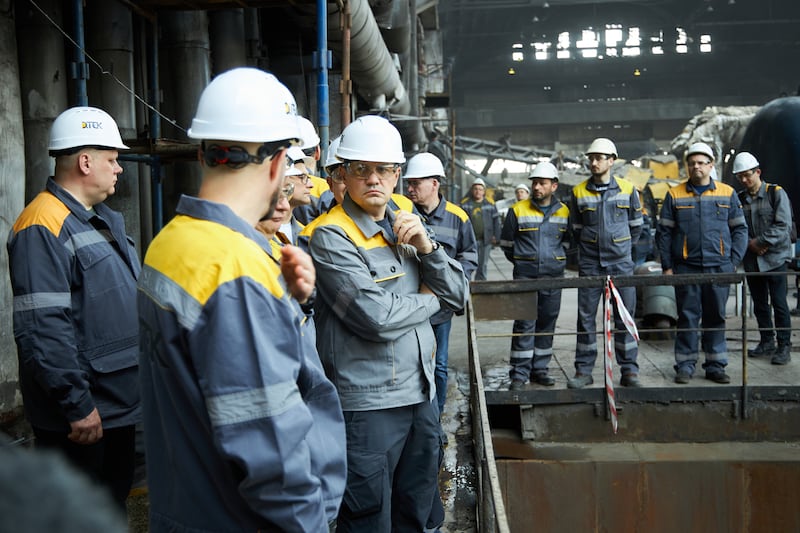
Autumn has been mild but Ukrainians know spells of severe cold probably lie ahead. They are getting back into a now grimly familiar winter routine of planning their lives around scheduled blackouts, and charging up phones, power banks, torches and other devices for when the electricity fails without warning; taking an elevator will again be a game of chance and water should be put by in case the pumps stop working.
The situation is worst for the millions of Ukrainians who live near the front line or the Russian border – including residents of cities such as Kharkiv, Sumy, Kherson, Zaporizhzhia, Dnipro and Mykolaiv – and for the poor and elderly, who make up a large proportion of the 3.7 million people in the country who have been displaced by the war.
“Every day without stable heating or electricity endangers lives, especially among the displaced people, elderly residents and families with children,” Marit Glad, country director in Ukraine for the Norwegian Refugee Council, warned last week.
“It is unacceptable that energy infrastructure, essential to keep civilians warm and alive, is being repeatedly targeted. With only weeks until sub-zero temperatures set in, urgent efforts are needed to repair energy facilities and restore local heating systems,” she added.
“We call on the international community to step up support to rehabilitate Ukraine’s energy capacity at scale and ensure that civilians can survive the coming winter safely and with dignity.”
Russia’s air strikes are only expanding, however, as it claims to be targeting facilities that support Ukraine’s defence industry and to be responding to drone and missile attacks by Kyiv’s forces on Russian oil refineries and other energy sites.
As well as pounding Ukraine’s power stations, Russia has struck its coal mines and earlier this month crippled about 60 per cent of its gas production – disrupting winter heating plans and forcing the government to spend scare funds on fuel imports.
“This is something different to previous years – before they didn’t target gas production directly, but now it has become a major target,” says Bilodid.
Ukraine wants to decentralise energy production to improve its resilience to attack, but for now must make do with and mend a system largely inherited from the Soviet Union.
“We urgently need replacement equipment ... After nearly four years of war, we have almost run out of spares. That means we depend heavily on equipment coming from other eastern European countries, who have similar Soviet-era power stations – many of which are now decommissioned,” Bilodid says.
“Enemy tactics are evolving rapidly. They have many more drones, different strike patterns and are varying the target. However, the aim remains the same: to cripple Ukraine’s energy system and so weaken the country economically and militarily; and to break people’s spirit. They want to destroy regular Ukrainian life – and we are doing everything humanly possible to stop them.”
